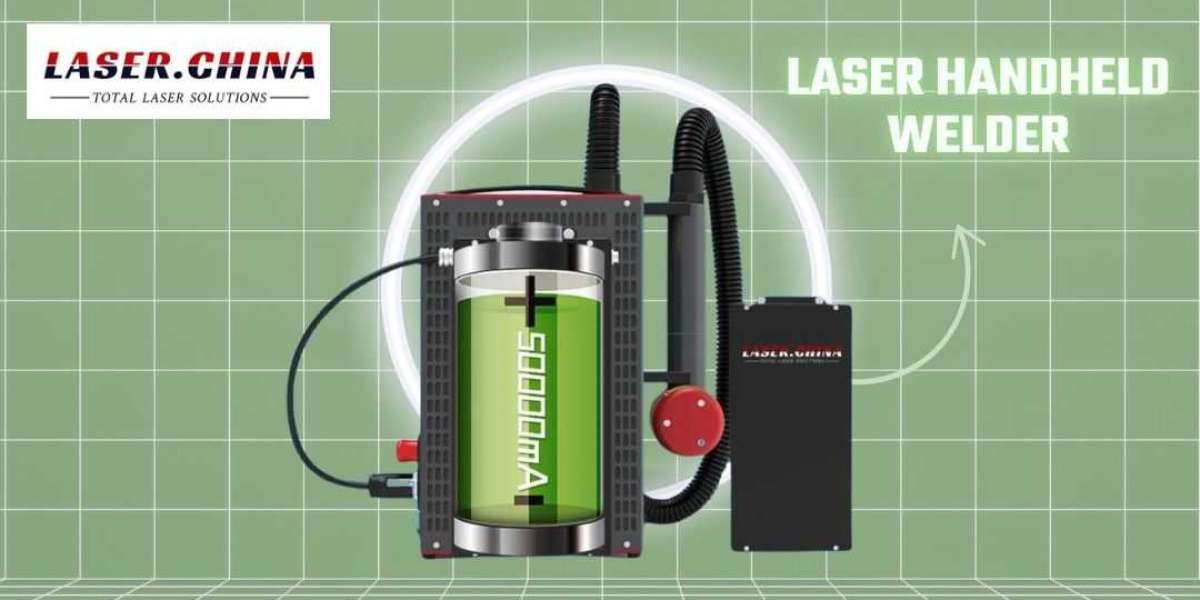A sheet metal laser cutter is a powerful tool in manufacturing that uses a focused laser beam to cut, engrave, or shape sheet metal with incredible precision. These machines are widely used across industries, from automotive to electronics, and their technology offers significant benefits for companies looking to achieve high accuracy and efficiency in metalworking.
How a Sheet Metal Laser Cutter Works
At its core, a laser cutter operates by focusing a laser beam—usually generated through carbon dioxide (CO₂), fiber, or Nd (neodymium-doped yttrium aluminum garnet) technology—onto the surface of the metal. The intense energy in the laser beam heats and melts, vaporizes, or burns through the metal, creating precise cuts or patterns. The laser beam is directed through mirrors or fiber-optic cables to ensure that it hits the metal precisely where needed. This laser is guided by a computer numerical control (CNC) system, which translates design patterns into machine code that the laser follows. These systems provide high levels of control, allowing operators to adjust parameters like laser power, speed, and focus depending on the metal type, thickness, and desired cut quality.
Key Components and Process
Laser Source: The type of laser (CO₂, fiber, or Nd) affects the cut’s quality and speed. For example, fiber lasers are known for high efficiency and cutting speed and are especially effective on reflective materials like aluminum and brass.
Optics: Mirrors or fiber-optic cables guide the laser beam to the cutting head. The cutting head typically includes a lens that focuses the laser beam into a sharp point to ensure a fine, precise cut.
CNC Control System: The CNC system is essential for automated control, ensuring the laser cutter follows complex patterns and maintains consistent accuracy. It enables operators to make rapid adjustments to accommodate different cutting requirements.
Assist Gas: Many laser cutters use a gas, often oxygen or nitrogen, to clear away molten metal from the cut path. This assist gas also helps prevent oxidation, resulting in a cleaner cut.
Advantages of Sheet Metal Laser Cutting
Precision and Accuracy: Laser cutting provides unmatched accuracy, allowing for extremely fine cuts with tolerances as low as ±0.1 mm. This precision makes it ideal for industries that require detailed, intricate designs, such as electronics and aerospace.
High Speed and Efficiency: Laser cutters operate much faster than traditional cutting methods like mechanical cutting or plasma cutting. Modern CNC-driven laser cutters can process complex patterns and switch between designs quickly, enhancing productivity and reducing lead times.
Versatility with Materials: Laser cutters can handle a wide range of metals, including steel, aluminum, titanium, and more. This versatility is especially beneficial for companies that work with various materials, allowing them to use a single machine for multiple applications.
Cost-Effectiveness: Although laser cutters can be a significant investment initially, they offer cost savings in the long run. Their high precision reduces material waste, and faster cutting speeds mean lower labor costs. Additionally, laser cutters require minimal maintenance and have fewer wear-and-tear parts compared to other cutting technologies.
Cleaner Cuts and Reduced Material Distortion: The intense focus of the laser allows for precise, narrow cuts, reducing the amount of heat that spreads to surrounding metal. This minimizes the risk of warping or distortion, which is a common problem with traditional cutting methods. The clean edges and smoother surfaces produced by laser cutters often require little to no post-processing, saving additional time and cost.
Application Across Industries
Sheet metal laser cutting is widely used across numerous industries:
- Automotive: Used for cutting parts, body panels, and intricate components.
- Aerospace: Ideal for precision components that require tight tolerances.
- Electronics: Perfect for cutting small, precise parts for electronic devices.
- Medical: Used to create surgical instruments and parts for medical devices.
Conclusion
A sheet metal laser cutter is an invaluable tool in modern manufacturing, combining speed, precision, and versatility. By streamlining the metal-cutting process, it reduces costs, enhances quality, and allows for greater innovation across industries. As technology advances, laser cutters will likely become even more efficient, paving the way for new applications and production possibilities.
 Meet Ups
Meet Ups
 Experiences
Experiences
 Learning Center
Learning Center
 Accommodation
Accommodation
 Roomie
Roomie
 Ride
Ride
 Spread the Word
Spread the Word
 Student Bazaar
Student Bazaar
 Jobs
Jobs
 Blogs
Blogs
 About StudentInsta
About StudentInsta


